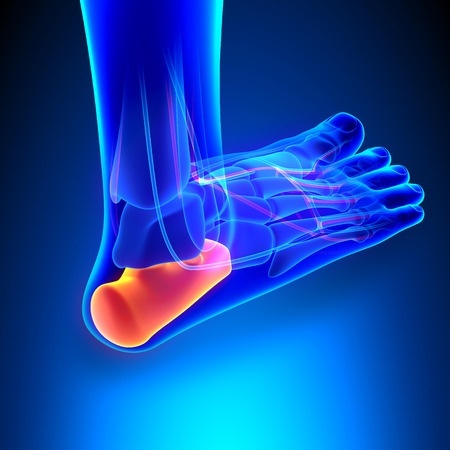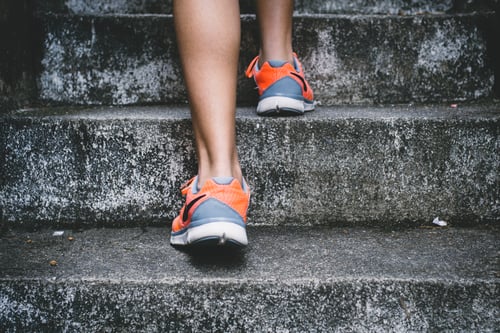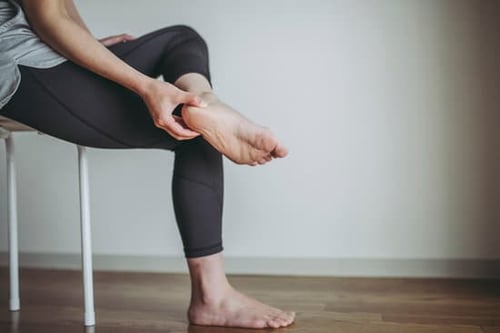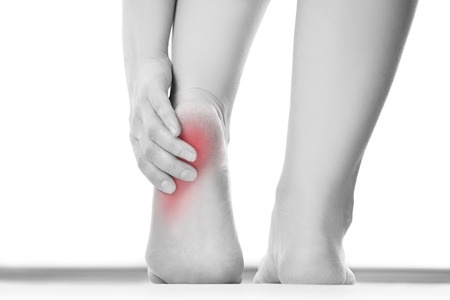
Sever’s disease is a common heel injury that can occur in growing children. In fact, it is one of the most common causes of heel pain in children and adolescents, according to the American Academy of Orthopedic Surgeons. Because it is such a common condition in children, parents should learn how to recognize it and know what to do if they notice signs and symptoms of Sever’s disease.
The human heel is a complex arrangement of bones, muscles, and the tendons that attach muscles to bones. Children also have growth plates in their heels. Growth plates are layers of cartilage that sit near the ends of bones; they add length and width to the bone. As children grow, their growth plates harden into bone.
The Achilles tendon at the back of the ankle connects to the growth plate in the heel, also known as the apophysis. This growth plate sits at the end of the calcaneus, or heel bone. Also known as calcaneal apophysitis, Sever’s disease develops as the result of repeated stress on the growth plate. This repeated stress causes pain and inflammation at the back of the heel.
Who Develops Sever’s Disease?
The condition most commonly develops in physically active children who are between the ages of 8 and 14 years.
Physical activity can worsen the pain of Sever’s disease; tightness of the Achilles heel can also trigger pain. Children with Sever’s disease may feel increased pain during growth spurts, when the bones of the heel grow faster than the tendons. This uneven growth pattern increases the amount of pull of the tendon on the heel.
Signs and Symptoms of Sever’s Disease
Sever’s disease causes specific signs and symptoms affecting one or both heels. Signs and symptoms may come and go, and worsen with certain activities. Signs and symptoms of Sever’s disease include:
- Heel pain
- Pain that worsens with activities, particularly with new or strenuous activities
- Pain may cause walking on toes or limping as the child avoids putting pressure on their heels
- Pain worsened by running or jumping
- Pain when you press the back of the child’s heel
- Pain is that is worse when the child wakes up
A parent who notices these signs and symptoms in their child should seek treatment from a foot and ankle specialist. Treatment can alleviate pain and reduce downtime.
Treatment for Sever’s Disease
Treatment for Sever’s disease includes rest and limiting physical activities, especially those that involve running or jumping. Icing the heel for 15 to 20 minutes can reduce pain and inflammation. Non-steroidal anti-inflammatory drugs (NSAIDs), such as ibuprofen or naproxen, can alleviate pain and inflammation.
The foot and ankle specialist may recommend wearing well-cushioned, supportive shoes; gel inserts for the shoe, known as heel cups, may help. The child should avoid walking barefoot. Stretching the calf muscles can help loosen tight Achilles tendons. Stretching can also decrease the amount of pull the tendons have on the growth plates.
While Sever’s disease is painful, it is not a serious condition. It does not cause arthritis or any other long-term damage, and it often resolves once the heel bone stops growing and the growth plates “close.”
For more information about Sever’s disease and its signs and symptoms, contact a foot and ankle specialist.






